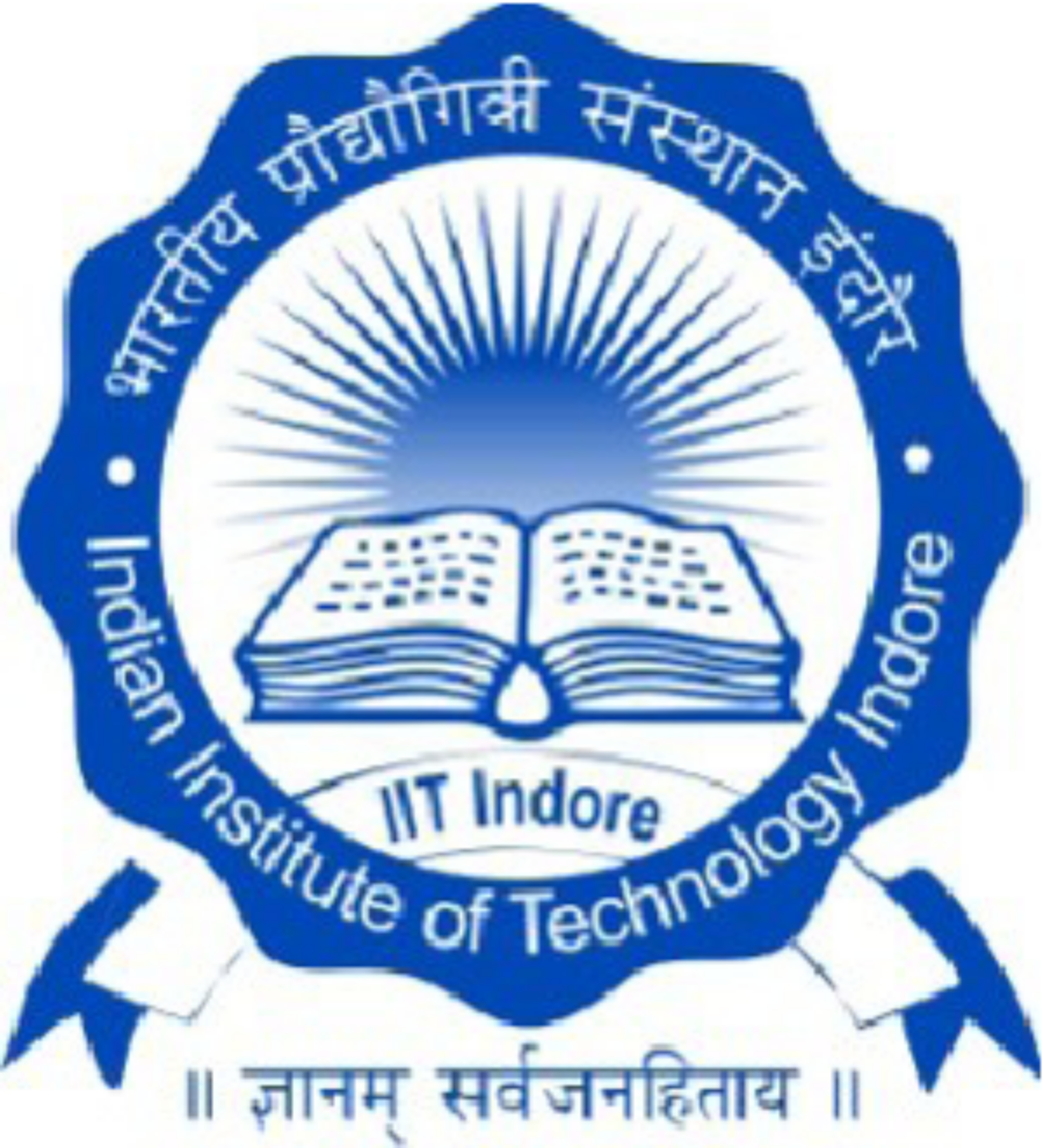Radio interferometers, which are designed to observe astrophysical objects in the universe, can also be used to study the Earth’s ionosphere. Radio interferometers like the Giant Metrewave Radio Telescope (GMRT) detect variations in ionospheric total electron content (TEC) on a much wider spatial scale at a relatively higher sensitivity than traditional ionospheric probes like the Global Navigation Satellite System (GNSS). The hybrid configuration of the GMRT (compact core and extended arms) and its geographical location make this interferometer an excellent candidate to explore the sensitive regions between the northern crest of the Equatorial Ionization Anomaly (EIA) and the magnetic equator. For this work, a bright radio source, 3C 68.2, is observed from post-midnight to post-sunrise (∼ 9 h) to study the ionospheric activities at solar-minima. This study presents data reduction and processing techniques to measure differential TEC (δTEC) between the set of antennas with an accuracy of 1.0 mTECU. Furthermore, using these δTEC measurements, we have demonstrated techniques to compute the TEC gradient over the full array and micro-scale variation in 2D TEC gradient surface. These variations are well equipped to probe ionospheric plasma, especially during the night-time. Our study, for the first time, reports the capability of the GMRT to detect ionospheric activities. Our result validates, compared to previous studies with VLA, LOFAR, and MWA, the ionosphere over the GMRT is more active, which is expected due to its location near the magnetic equator.







